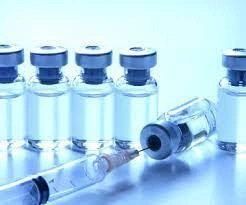About Thimerosal
Trimerosal, or trimeomersal, was discovered in 1927 by Morris Kharasch, a chemist at the University of Maryland. With the CAS number 54-64-8, it is a sodium salt of ethylemercaptomercurate. This substance is a well-known antifungal and antiseptic. Its potency is unmatched; to give one example, phenol is less than 40 times less potent than thimerosal in killing Staphylococcus aureus. This makes it possible to use it at such low doses, and despite thorough scientific analysis, it has been shown to be safe at the efficacious concentrations used in vaccinations.



Thimerosal and vaccines
Thimerosal is a common preservative in vaccinations since it works best when creating multi-dose doses of the vaccine. It is the best preservative currently available for use in multi-dose vial manufacture, which is the safest way to protect the globe when vaccines need to be administered rapidly to a large number of people, such as in pandemic or epidemic situations.
The World Health Organization, for instance, projects that the use of thiomersal-containing vaccines to shield kids against the flu, whooping cough, tetanus, and diphtheria averted 1.4 million child deaths globally in 2010 alone.
